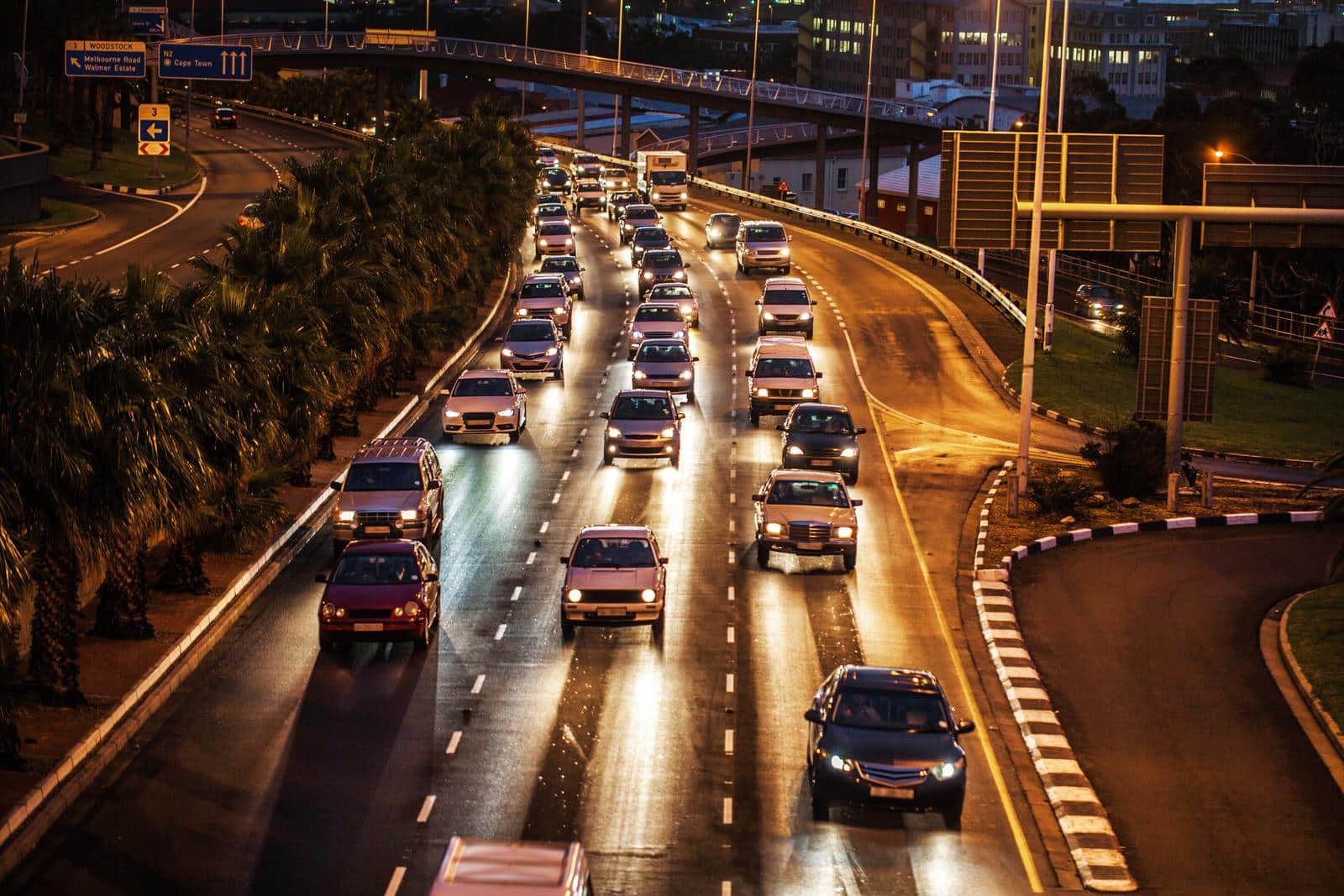What are Advanced Traffic Management Systems (ATMS)?

Advanced Traffic Management Systems (ATMS) are a set of technologies and techniques that are used to improve the efficiency, safety, and reliability of traffic on roads and highways. They use a variety of sensors, communication systems, and software to collect, process, and distribute real-time information about traffic conditions.
Some of the key components of ATMS include:
- Traffic detectors: These are devices that are placed on roads and highways to collect data on traffic flow, speed, and volume. This data can be used to measure traffic congestion, detect incidents, and monitor the performance of the road network.
- Intelligent Transportation Systems (ITS): These systems use advanced technologies such as GPS, wireless communications, and data analytics to manage traffic flow and improve safety. Examples of ITS include:
- Advanced traveler information systems, which provide real-time information to drivers about traffic conditions, road closures, and detours.
- Advanced traffic control systems, which use real-time data to adjust traffic signal timings, improve traffic flow, and reduce congestion.
- Advanced public transportation systems, which use real-time information to optimize bus and train schedules, improve route planning, and reduce travel times.
- Road weather management systems: These systems collect, analyze and disseminate weather information to the road users and the traffic management centers to help them make informed decisions.
- Advanced incident management systems: These systems use real-time data and communication technologies to detect, respond to, and clear incidents more quickly and efficiently.
- Advanced traveler information systems: These systems provide real-time information to drivers about traffic conditions, road closures, and detours.
Overall, the goal of ATMS is to improve the efficiency of the road network, reduce travel times and fuel consumption, improve safety, and reduce environmental impacts by reducing emissions from traffic congestion.
To learn more about the market, please read our Traffic Management Market Study and the related market forecasts.